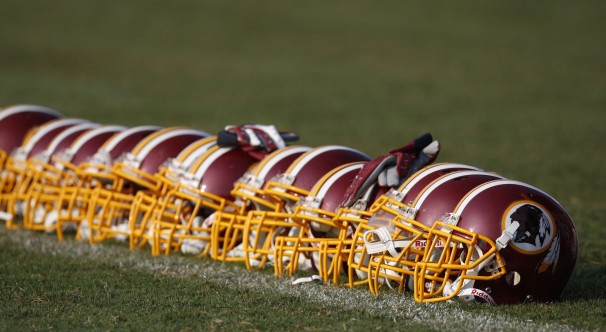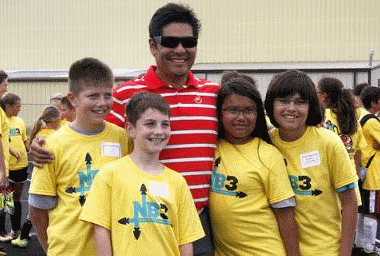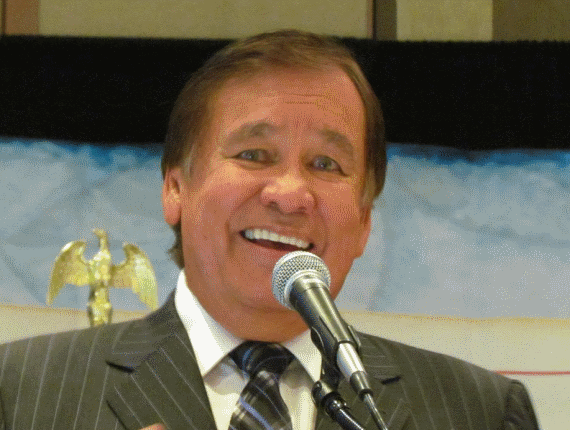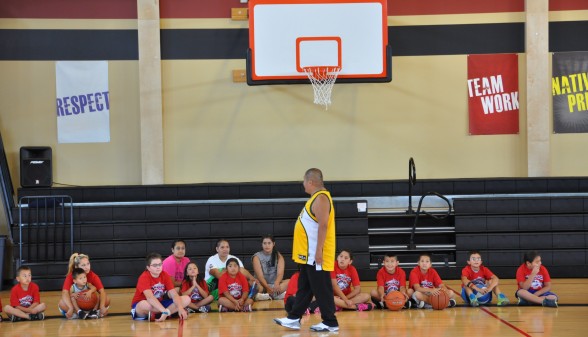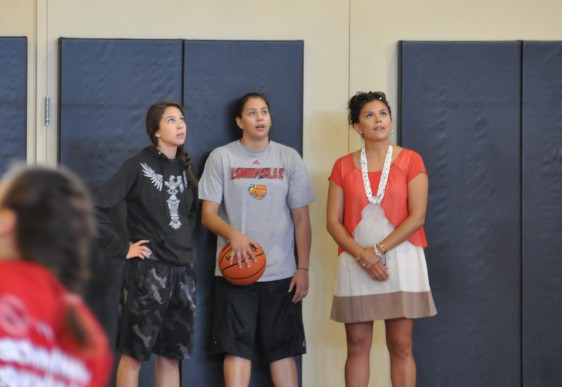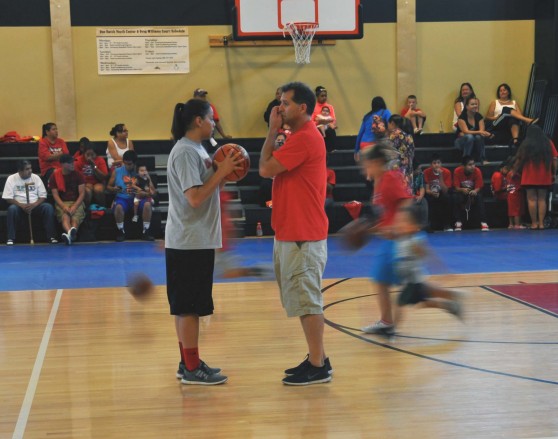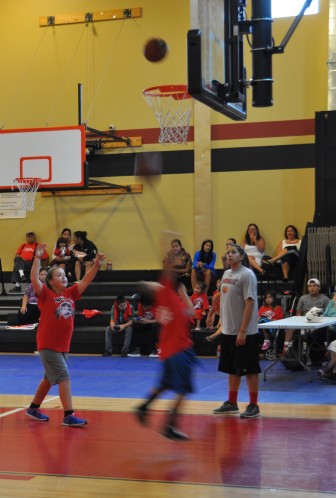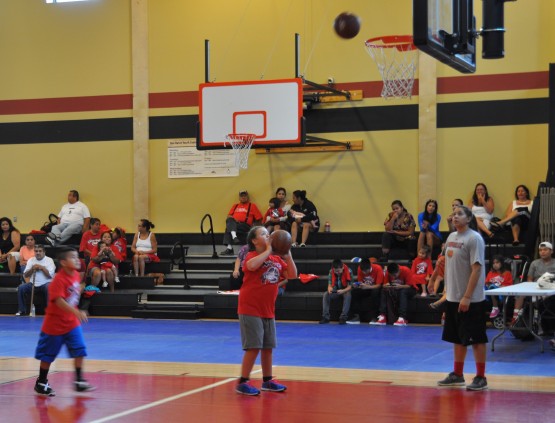
Sports columnist Peter King refuses to use controversial name of Washington’s NFL team
By John Luciew
Penn News September 10, 2013
The Washington Redskins could have bigger problems than their 33-27 loss to Coach Chip Kelly’s no-huddle, quick-strike Philadelphia Eagles last night. Once again, outrage is brewing over the Redskins name. And now one of the nation’s most respected NFL journalists has joined the side who believes Washington’s team name is an affront to Native Americans.
None other than Peter King, the Monday Morning Quarterback, himself, is swearing off using the term “Redskins” ever again in his blanket-like coverage of the NFL. King made the announcement on his Monday Morning Quarterback website, a multi-page overview of all things NFL.
“I’ve decided to stop using the Washington team nickname. It’s a name you won’t see me use anymore. The simple reason is that for the last two or three years, I’ve been uneasy when I sat down to write about the team and had to use the nickname. In some stories I’ve tried to use it sparingly. But this year, I decided to stop entirely because it offends too many people, and I don’t want to add to the offensiveness. Some people, and some Native American organizations—such as the highly respected American Indian Movement—think the nickname is a slur. Obviously, the team feels it isn’t a slur, and there are several prominent Native American leaders who agree. But I can do my job without using it, and I will.”
And just to prove it, King pointed to a 2,400-word feature on Washington’s offensive coordinator, Kyle Shanahan, that never once mentions the team’s name.
For his part, Redskin’s owner Daniel Snyder has said repeatedly that he has no intention of ever changing his team’s name, despite protests from Native American groups and a growing legion of sports journalists, who like King, will not say or write the team name.
Snyder has emphasized the word “never” when ruling out such a name change, instructing reporters to print the word in all-caps.


